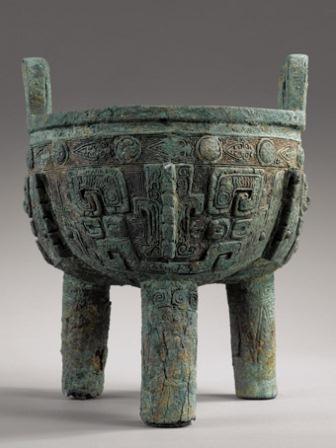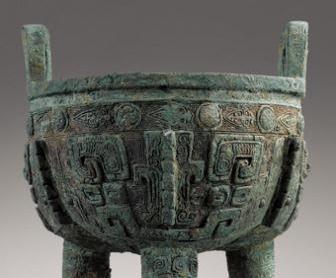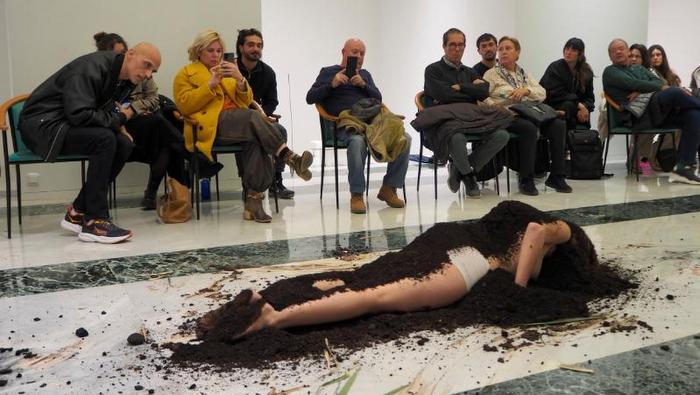 Paris.- Sotheby's is honored to announce that the collection of David David-Weill will be sold in Paris on 16 December 2015. An exceptional collection of approximately 60 early Chinese works of art formed in the first half of the 20th century by David David-Weill (1871-1952) is the one of the most significant groups of early Chinese art to come to market in recent years with a variety of objects dating from the Neolithic to the early dynastic periods of Chinese history.
Paris.- Sotheby's is honored to announce that the collection of David David-Weill will be sold in Paris on 16 December 2015. An exceptional collection of approximately 60 early Chinese works of art formed in the first half of the 20th century by David David-Weill (1871-1952) is the one of the most significant groups of early Chinese art to come to market in recent years with a variety of objects dating from the Neolithic to the early dynastic periods of Chinese history.
David David-Weill was born in San Francisco in 1871 to a prominent family of French bankers. It was after the family returned to France in 1884 and during an extended tour of European museums that David David-Weill developed what was to become a life-long passion for the arts, encompassing among other things old master paintings, sculpture, antiquities and 18th century French furniture. He was in many ways a true visionary who began collecting Chinese art long before its aesthetics became known to a wider audience in the West. With a discerning eye for quality and rarity and with a tremendous curiosity about the objects he acquired, he formed one of the most important collections of early Chinese art in France. During his lifetime he donated many pieces to the Musee Guimet, the Louvre and the Musee des Arts Decoratifs in Paris while also supporting the acquisition of other important works of art for these museums.
David David-Weill had a wide range of interest in the arts of China. His vast collection encompassed Song ceramics, Buddhist sculpture as well as classical paintings. Yet the focus of his Chinese collection lay on archaic jades and bronzes. He acquired many of the objects in his collection at a time when great works first appeared on the international art market. Fuelled by archaeological discoveries in China and promoted by several influential dealers, Chinese art attracted the interest of celebrated connoisseurs. In the period between the two wars, a close-knit circle of collectors, dealers and academics in Europe formed some of the most important private and museum collections of early Chinese art outside of China. A series of ground-breaking exhibitions on Chinese art in Paris and London brought together collectors and their collections. David David-Weill loaned objects from his collection around Europe and many of the archaic bronzes and jades in his collection were published and exhibited in Paris in the 1930s. Internationally, his name featured prominently alongside other celebrated collectors of early Chinese art including Adolphe Stoclet, George Eurmorfopoulos, Oscar Raphael and King Gustav Adolf of Sweden.
Treasures of Ancient China from the David David-Weill Collection offers a glimpse into the richness of the visual and functional vocabulary of early Chinese art. It offers collectors the rare opportunity to enrich their collections with pieces of museum quality and with a highly distinguished provenance.















